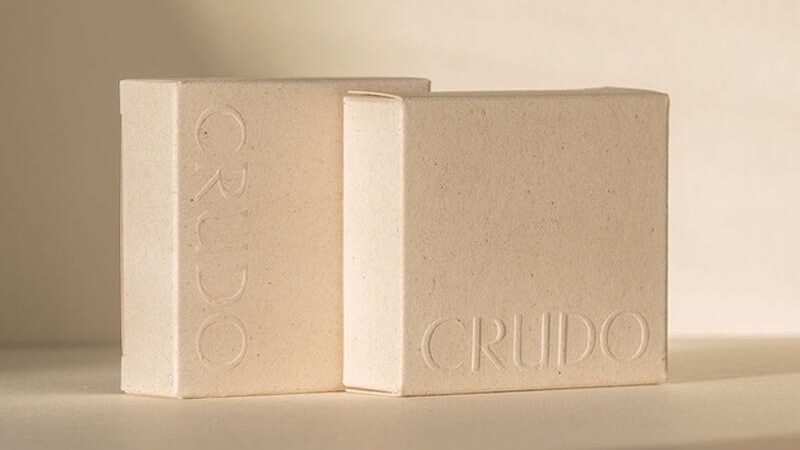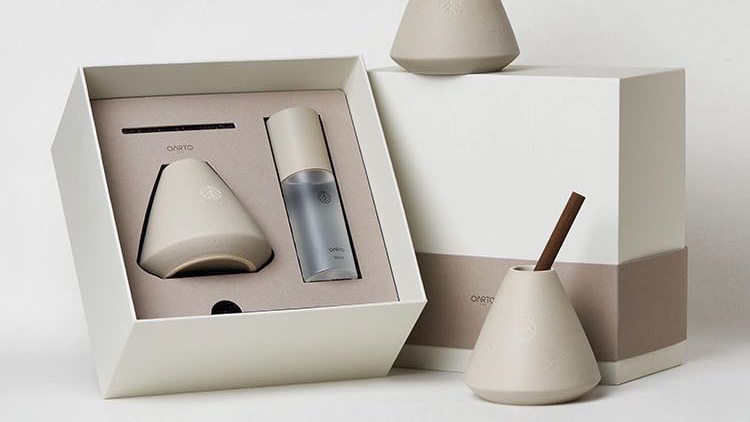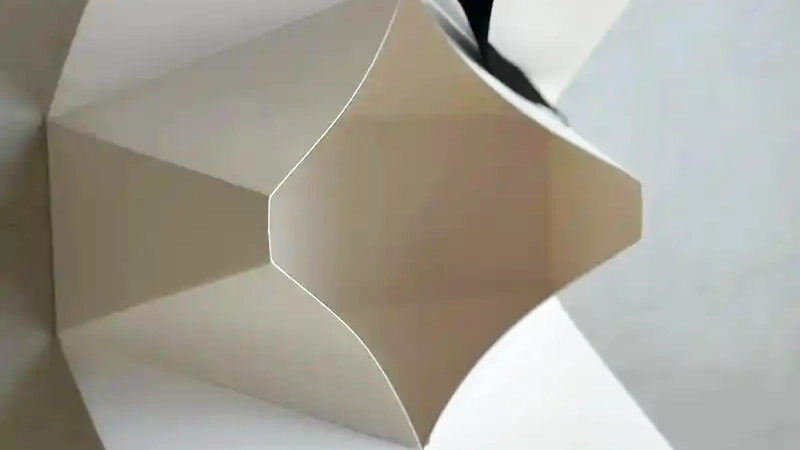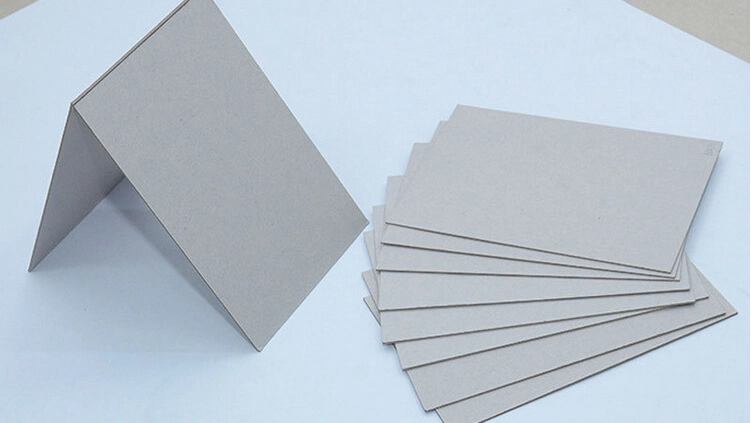Imagine your customer holding your product for the very first time. Before they even experience what’s inside, they encounter your packaging—its texture, the way it opens, the subtle shine of a logo. In that fleeting moment, the box communicates so much more than just “here’s your product.” It tells a story about your brand’s identity, your commitment to quality, and the care you invest in every detail. This is why the choice between folding cartons and rigid boxes isn’t just a technical decision; it’s a strategic one that can shape perceptions and strengthen your brand’s presence in a crowded marketplace.
Understanding the Basics
What Are Folding Cartons?
Folding cartons are made from lightweight paperboard, shipped flat, and assembled when needed. They work well for everyday goods like snacks, personal care items, and household staples. You find them flexible, cost-effective, and easy to customize with colorful prints, coatings, and finishes. This adaptability helps you reflect seasonal trends or refresh branding without major expense.

Over the years, folding cartons have maintained steady momentum, with global demand projected to reach approximately 50 million tonnes by 2029. This consistent growth reflects their adaptability, cost-effectiveness, and ability to support brands that prioritize rapid design updates and eco-friendly materials.
What Are Rigid Boxes?
Rigid boxes use thicker materials, offering a sturdy and premium feel. They don’t fold flat and often feature high-end details like fabric linings or magnetic closures. You see them in luxury cosmetics, electronics, or specialty confectionery, where a premium unboxing experience elevates product value. They communicate exclusivity, making customers feel they’re getting something special.

Though their expansion is more modest, rigid boxes remain a staple in premium product categories. Recent estimates place the global rigid box market value at over $80 billion, underscoring their continued appeal among brands seeking to convey exclusivity, craftsmanship, and a truly memorable unboxing experience.
Key Differences and Material Considerations
Choosing the right box style involves looking closely at material composition, thickness, durability, and how these factors influence printing, protection, and brand impression.
| Metric | Folding Cartons | Rigid Boxes |
|---|---|---|
| Thickness Range | 0.3-1mm | 1-3mm |
| Material | Lightweight paperboard | Thick chipboard |
| Durability | Suitable for less fragile items | Superior impact resistance |
| Storage Efficiency | Flat-packed, space-saving | Bulkier, less space-efficient |
| Cost | Lower per unit cost | Higher per unit cost |
Material Composition
Folding Cartons
Folding cartons typically use high-grade paperboard that’s thinner (0.3–1mm). This makes them lightweight, more flexible, and easier to store in large quantities. They handle a wide range of printing techniques (offset, digital, flexographic) with crisp clarity on both text and graphics.

Rigid Boxes
Rigid boxes rely on thicker chipboard (1–3mm) that provides superior structural integrity. This sturdiness enhances product protection and accommodates more elaborate outer wraps or liners, such as textured papers or luxurious fabric overlays.

Durability and Protection
Folding cartons suit products that aren’t overly fragile. They protect items from light impact and dust but aren’t designed for heavy-duty safeguarding. For everyday goods like skincare jars or snack pouches, this level of protection is sufficient.
Rigid boxes offer better defense against drops, compression, and rough handling. They’re ideal for high-value, breakable items like glass perfume bottles, limited-edition chocolates, or delicate tech accessories. The box itself can bear weight and maintain shape, assuring customers that what’s inside is worth cherishing.
Thickness and Printing Quality
Thinner folding cartons allow for bright, detailed prints and special coatings without significantly raising costs. Their smooth surface and lightweight structure work well with finishes like embossing, foiling, or matte coatings.
Rigid boxes can also feature advanced printing and finishing techniques, but their thicker structure supports complex embellishments—from magnetic closures to die-cut inserts—enhancing the tactile experience. This construction level often implies a more premium positioning and justifies additional production steps that folding cartons may not easily accommodate.
Cost Analysis and Production Considerations
Cost isn’t just about the price of materials; it’s also about manufacturing complexity, storage, transport, and the added value that packaging provides.
Manufacturing Complexity
Folding cartons are simpler to mass-produce. Their streamlined cutting, folding, and gluing processes keep per-unit costs down. They’re shipped flat, so you minimize warehouse space and can scale production quickly.
Rigid boxes require more manual work or specialized machinery. Wrapping their thicker boards with decorative papers and assembling them into a three-dimensional form is more labor-intensive. This detail-oriented approach raises production costs and sometimes extends lead times.
Shipping and Inventory Management
Folding cartons’ flat-packed format means more units per pallet, reducing freight costs. It also simplifies inventory control since you can store large volumes efficiently. For brands dealing with frequent reorders and product rotations, this supports just-in-time strategies.
Rigid boxes are bulkier to ship and store. Their pre-assembled form means you’ll spend more on transportation and need extra warehouse space. However, if you’re selling premium, higher-margin goods, this might be a worthwhile trade-off, as the elevated experience can justify higher retail prices.
Value Proposition and ROI
For cost-sensitive, high-turnover products, folding cartons keep expenses manageable without sacrificing branding opportunities. They help maintain attractive price points for everyday consumers.
For high-end, giftable goods, rigid boxes raise perceived value. They can command premium pricing, potentially improving profit margins even though initial packaging costs are higher.
When to Choose Folding Cartons vs. Rigid Boxes
Your choice should reflect more than just cost or aesthetics. Consider your brand identity, target consumer expectations, product characteristics, logistical constraints, and sustainability goals.
Brand Positioning and Consumer Perception
If your brand emphasizes accessibility, practicality, and continuous variety, folding cartons align seamlessly. They let you refresh designs for seasonal promotions and maintain a friendly, approachable image.
If your brand thrives on exclusivity, craftsmanship, and premium positioning, rigid boxes reinforce that narrative. They signal that the product inside is special, encouraging customers to pay more and cherish the experience.
Product Fragility and Value
Everyday goods like snack bars, basic skincare products, or simple electronics benefit from folding cartons’ affordability and flexibility. These items don’t need maximum protection; what they need is good branding and cost control.
Fragile or luxury products—think hand-blown glass, gourmet chocolates, limited-edition fragrances—require the sturdy protection and upscale feel rigid boxes provide. The risk of damage and the importance of a memorable unboxing experience are paramount here.
Supply Chain and Operational Efficiency
If you operate with tight warehouse space, frequent product rotations, and lean inventory management, folding cartons’ flat shipping and easy storage simplify your operations. Faster turnaround times and lower freight costs can give you a competitive edge in price-sensitive markets.
If you have the infrastructure to handle bulkier shipments or you prioritize a selective, upscale distribution model (such as boutique stores or direct-to-consumer gifting), rigid boxes can enhance your brand narrative. The added storage and transport costs can be offset by higher product margins and a stronger brand image.
Sustainability Goals
Folding cartons often use recyclable materials and reduce carbon footprint during transit. If environmental responsibility is a core brand value, these packages send the right message.
Rigid boxes, although more resource-intensive, can still be chosen responsibly. Sourcing certified materials, using recyclable wraps, and communicating your efforts to customers can help maintain brand integrity while offering a premium feel.
Consumer Perception and Buying Decisions
Packaging is a subtle influencer of buying behavior. A well-designed folding carton can suggest reliability and value, guiding price-sensitive buyers to pick up your product without hesitation. A rigid box, by contrast, can elevate a purchase into an experience—one that consumers may happily pay a premium for. Understanding how each style affects shopper psychology helps ensure that your packaging is not just a container, but a silent salesperson.
Conclusion: Making the Right Choice for Your Brand
Selecting between folding cartons and rigid boxes involves balancing material characteristics, cost structures, brand goals, operational realities, and consumer expectations. Folding cartons offer agility, cost efficiency, and environmental friendliness—ideal for brands that prize accessibility and responsiveness to market changes. Rigid boxes present luxury, durability, and an unforgettable unboxing moment—perfect for brands building a high-end identity and selling products that warrant premium treatment.
No single solution fits every brand. The right choice depends on what story you want your packaging to tell. Whether you’re aiming for mass-market appeal or setting a product apart as an exclusive treat, choosing the right box style ensures your packaging both protects your goods and amplifies your brand’s voice.
Frequently Asked Questions (FAQs)
Which box style is more cost-effective overall?
Folding cartons generally offer lower unit costs due to simpler manufacturing and flat shipping. This makes them a smart choice for high-volume, cost-sensitive products.
Do rigid boxes really impact perceived value?
Yes. The sturdiness, premium materials, and refined finishes of rigid boxes create a sense of exclusivity, allowing you to position your product as a premium offering and justify higher pricing.
How does packaging thickness influence print quality?
Thinner folding cartons accommodate a wide range of printing techniques at a lower cost, while thicker rigid boxes support more elaborate finishes and structural features that enhance the tactile experience.
When should I consider rigid boxes over folding cartons?
Opt for rigid boxes if you’re selling fragile or high-value products, want to create a luxurious unboxing ritual, or need to reinforce a premium brand image that differentiates you from competitors.
How do folding cartons support sustainability goals?
Many folding cartons are made from recyclable materials and can be shipped flat, cutting down on carbon emissions. This environmentally friendly profile resonates with consumers who care about responsible packaging.ing to an experience, encouraging customers to return for more.
Contact for a Free Consultation!



